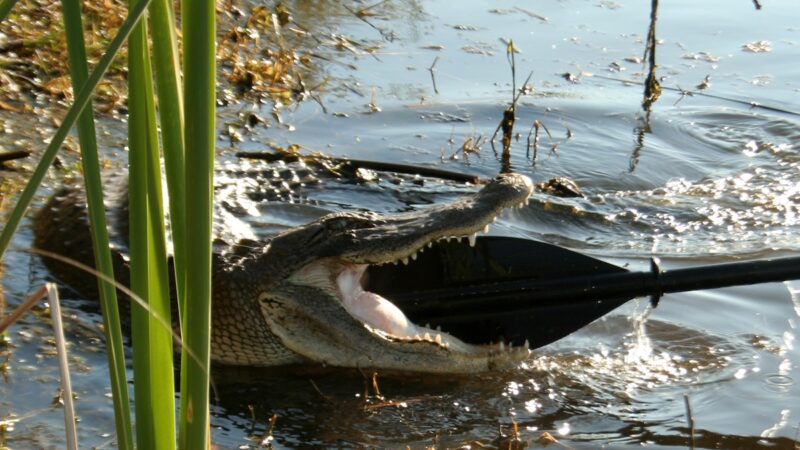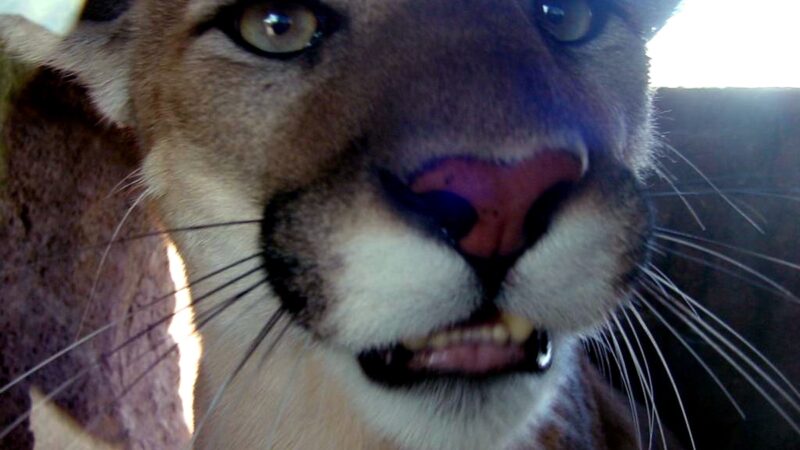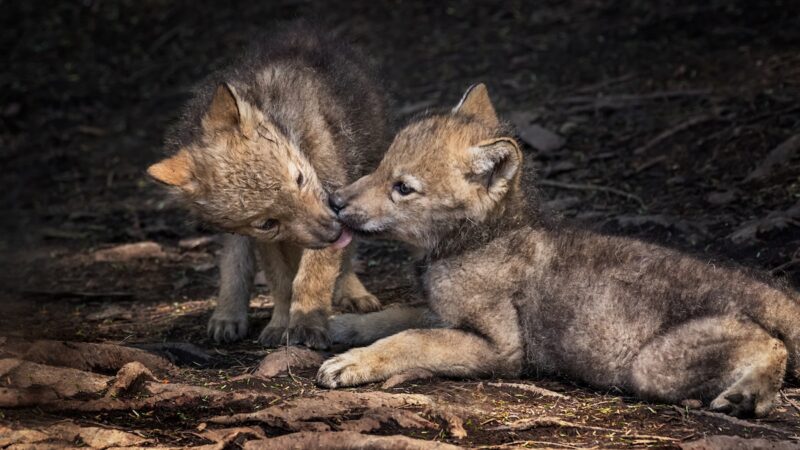Glacier National Park vs. Rocky Mountain National Park: Outdoor Writers Debate Which One You Should Visit Next
Visiting every national park is a dream for many people, but with 63 total parks, it’s hard to find the time or money. So, when it comes to Glacier National Park vs. Rocky Mountain National Park, which should you choose?
Videos by Outdoors
Two of our writers think they have the answer for you, even if they don’t agree.
Team Glacier National Park
By Matthew Kok
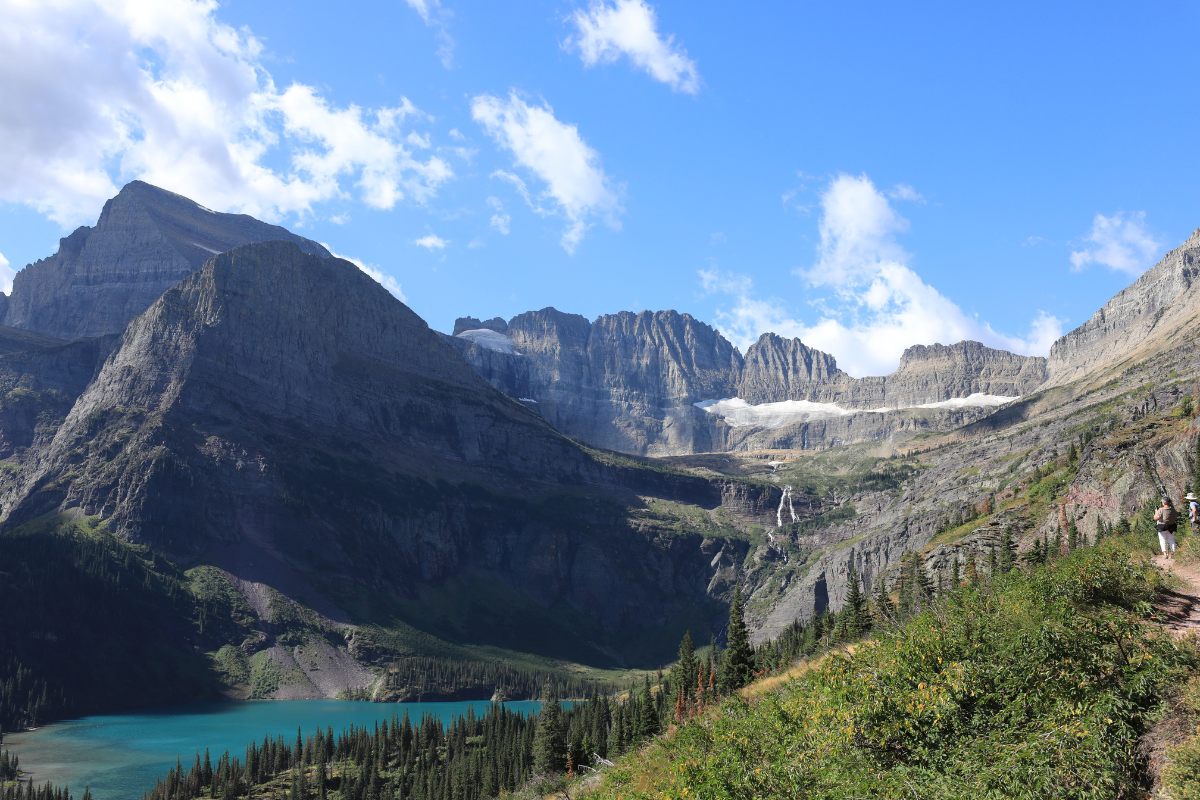
1. Glacier National Park’s Crowds Aren’t as Bad
Any time you’re planning a trip to a national park, one of the main questions at hand is “how crowded is it gonna be?” Rocky Mountain National Park has approximately 4.5 million visitors a year. By comparison, Glacier National Park has about 3 million. Granted, these numbers are both quite high, but that difference of 1.5 million visitors is no small thing.
The most vital consideration here is not in the numbers but in the experience. When you go hiking in Glacier, depending on what part of the year you’re in and how popular the trail is, you may actually get some time alone. Rocky Mountain National Park is beautiful, sure, but it is also more saturated. If you’re interested in a little bit of solitude in nature, Glacier National Park is the park for you. You may have to do a little bit of work to get that solitude, but not nearly as much as in Rocky Mountain.
2. Glacier Beats Rocky Mountain in the Interesting Mammal Department
I get it—the presence of grizzly bears can be a divisive topic. Sure, they require much more stringent food-storage guidelines. They require special considerations for hiking: making noise as you go, staying in groups, perhaps even leaving your dog at home. Understandably, some folks live in fear of running into a grizzly. Some, though, are chomping at the bit to see one from a distance. No one wants to run into a mother bear and her cubs . . . watching a grizzly sprint up a hillside from a distance, though? What a wildlife experience.
Besides grizzlies, you have a better chance of running into some other mammals in Glacier. While a mountain goat may occasionally wander into Rocky Mountain National Park, they are not native to that area. (Don’t confuse them with bighorn sheep, which you can find in either park.) Wolves may one day end up back in Rocky Mountain, but there are already 6-8 wolf packs in Glacier. Additionally, while lynx or wolverine sightings would be rare in Glacier, they’re nearly impossible in Rocky Mountain. Everyone wants to know what interesting wildlife you saw after your national park trip, so why not go for the one with more potential bragging rights?
3. The Canadian Rockies Are More Beautiful (And They’re Humble About It)
It would be foolish to try to disparage the mountains of Rocky Mountain National Park. The Rockies in Colorado are incredible. They’re sweeping, they’re stunning, they’re iconic. However, Glacier National Park, in this writer’s opinion, just barely edges them out. As you get further up toward Canada, the mountains take on a different feel. If you were to continue north from Glacier, perhaps along the Great Divide Trail, you would find yourself in a different world. Of course, Glacier National Park is a little piece of the Canadian Rockies that the U.S. managed to eke out when that border was defined. Glacier has more defined peaks, more sheer cliff faces. There’s a reason the native Pikuni consider Glacier sacred and call it “the spine of the world.”
4. Montana’s Outdoor Culture Is Wilder
This is an extension of the first point in favor of Glacier National Park. Not only is Glacier less crowded, but the crowds are different. Of course, neither side is wrong or bad, but it depends on your preference and how you want your national park trip to feel. Rocky Mountain National Park, being so close to Denver, ends up being an escape for many people in that area. It’s a fantastic resource for Denver and the surrounding area, but perhaps there are little pieces of city living that seep into the outdoor culture there. The nearest notable city to Glacier, by comparison, is Kalispell, with a population of approximately 26,000. Visiting Glacier National Park requires a little more intention. Making friends with strangers in, say, a Many Glacier campsite, will bring a different experience than it would in Rocky Mountain. You’ll meet folks from more far-flung places, who have perhaps been planning this trip for a large part of their lives.
5. Glacier National Park Has the Glaciers (Duh)
Here’s a point in favor of Glacier National Park where Rocky Mountain National Park can’t even compete. Glacier has the glaciers. This also lends a time-sensitive reason for choosing Glacier as the park to visit. Here’s a good overview of the current state of glaciers in the park. Projections from 2003 looked at Blackfoot Glacier and Jackson Glacier, the largest, and theorized that when they disappeared, the rest in the park would already be gone. They first predicted it might happen by 2030, then informally updated that projection to 2020 when they realized the glaciers were receding faster than their initial predictions. Since then, scientific understanding of glacial melt has changed, and the predictions have been pushed back.
If you can find the time to check out these glaciers, it helps to understand their history. While they may not look, in our lifetime, like a natural force that shaped the earth, that’s exactly what they are. It’s a common refrain in our wild places, our valleys and mountains. Thousands and thousands of years ago, it was glaciers that carved out the natural places that we know and love. Seeing the glaciers that remain in Glacier National Park is a way to access the history of the earth and its current state. Plus, there are some incredible views along the way, which those same glaciers created.
Team Rocky Mountain National Park
By Alex Murphy
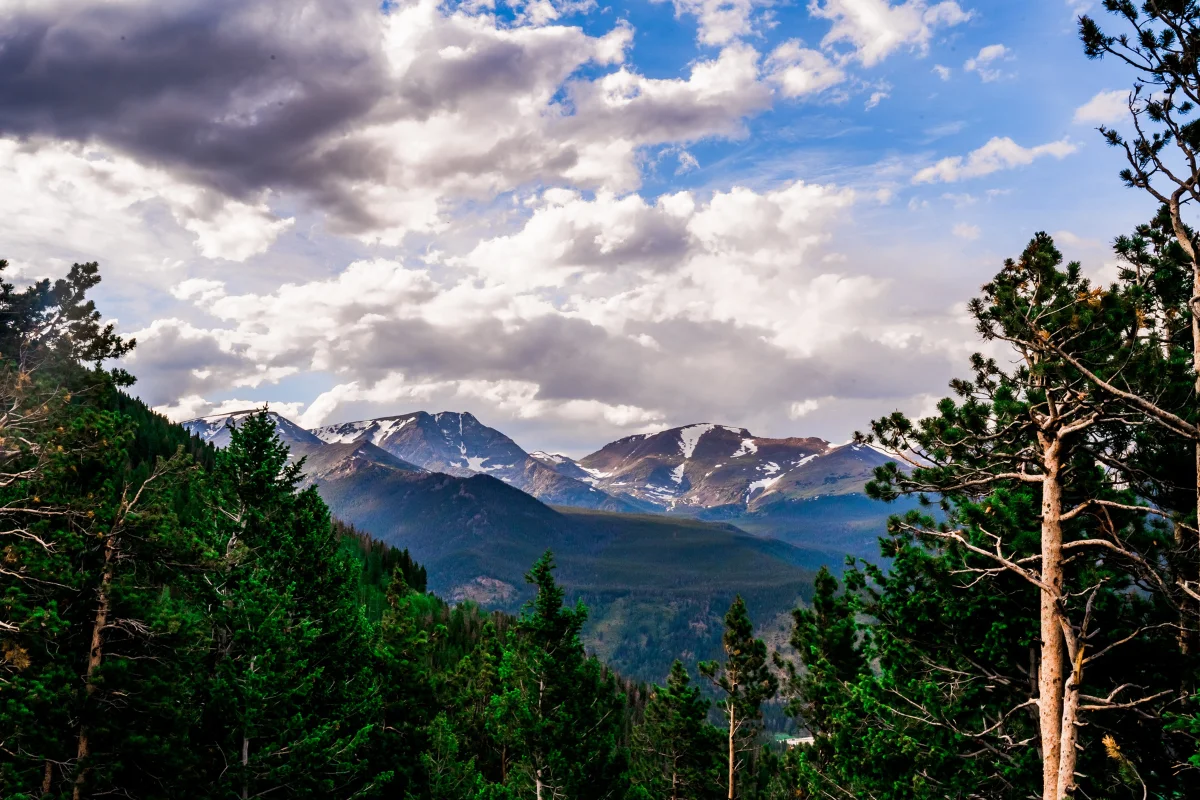
1. Rocky Mountain National Park Is a Hiking Paradise
Rocky Mountain National Park (RMNP) is a hiker’s paradise. Trails cover the diverse landscape. A recent article outlined the fact that there are 235 different treks within the park. That’s a lifetime of adventures.
While some popular trails like Bear Lake and Bluebird Lake will bring the crowds, it’s easy enough to get off the beaten path and find your own adventure. The best part is the variation in Rocky Mountain’s diverse ecosystem. Some trails will go through pine forests, while others will bring you above treeline into an alpine tundra. The opportunities to explore a new area are endless in Rocky Mountain National Park.
Glacier National Park, another hiker’s park, has significantly fewer trails at 154. That number is still impressive, but there are 81 more trails in RMNP.
2. You Can Have Year-Round Fun in Rocky Mountain National Park
Glacier National Park sits on the Montana/Canada border, which means that winter starts early there and continues until about June. Rocky Mountain may see some snow on the higher peaks in the fall, but even after winter weather officially arrives, most of the park is still accessible year-round.
In fact, Rocky Mountain National Park is a winter wonderland in the colder months. One of the most unique attractions is Hidden Valley—a shutdown ski resort that still attracts skiers, sledders, and snowboarding enthusiasts. You can also ice skate on frozen alpine lakes and enjoy endless snowshoe opportunities. Easier access to the park compared to Glacier allows for adventures any time of year.
3. You Can Get Higher in Rocky Mountain National Park
Rocky Mountain National Park offers multiple opportunities to conquer new heights.
The first is Trail Ridge Road, which brings drivers up to 12,183 feet. The road has the highest elevation of any continual highway in the lower 48 states. You can actually see the change in climate and wildlife as you drive into the sky. At the top, there’s a ranger station and even a small cafe.
Another way to get some epic views as you climb to new heights is by summiting Longs Peak. The mountain is one of Colorado’s 14ers and tops out at 14,259 feet. What starts as a hiking trail becomes a scramble for the final few miles to the top. Conquering Longs is not easy, and the mountain continuously makes the list as one of Colorado’s most dangerous 14ers.
4. Estes Park May Be the Best Gateway Community
Sitting right outside Rocky Mountain National Park is the town of Estes Park. The picturesque mountain town is definitely more of a tourist destination than the areas outside Glacier, and I mean that in a good way.
After a long day in the mountains, finding a cozy restaurant for dinner and drinks is great. Estes Park is loaded with amazing spots to grab a bite to eat—and there are breweries, because this is Colorado, after all. There are plenty of small shops and other cool spots to explore in the town where elk randomly roam.
Estes Park is also home to the Stanley Hotel, the inspiration for Stephen King’s The Shinning. And you can book a room there, which is incredible.
5. No Need to Worry About Grizzly Bears
Hundreds of animals call Rocky Mountain National Park home, but you won’t encounter any grizzly bears. While the park still has the smaller and more timid black bear, you don’t necessarily need to carry bear spray here.
Grizzly bears are an essential part of many ecosystems. However, backcountry adventures require extra preparation and safety measures in areas with grizzlies. If that’s not something you’re willing to do in Glacier, avoid grizzly territory altogether and go to Rocky Mountain National Park instead.
What do you think? In the debate of Glacier National Park vs. Rocky Mountain National Park, which one tops your list? Let us know in the comments below.



